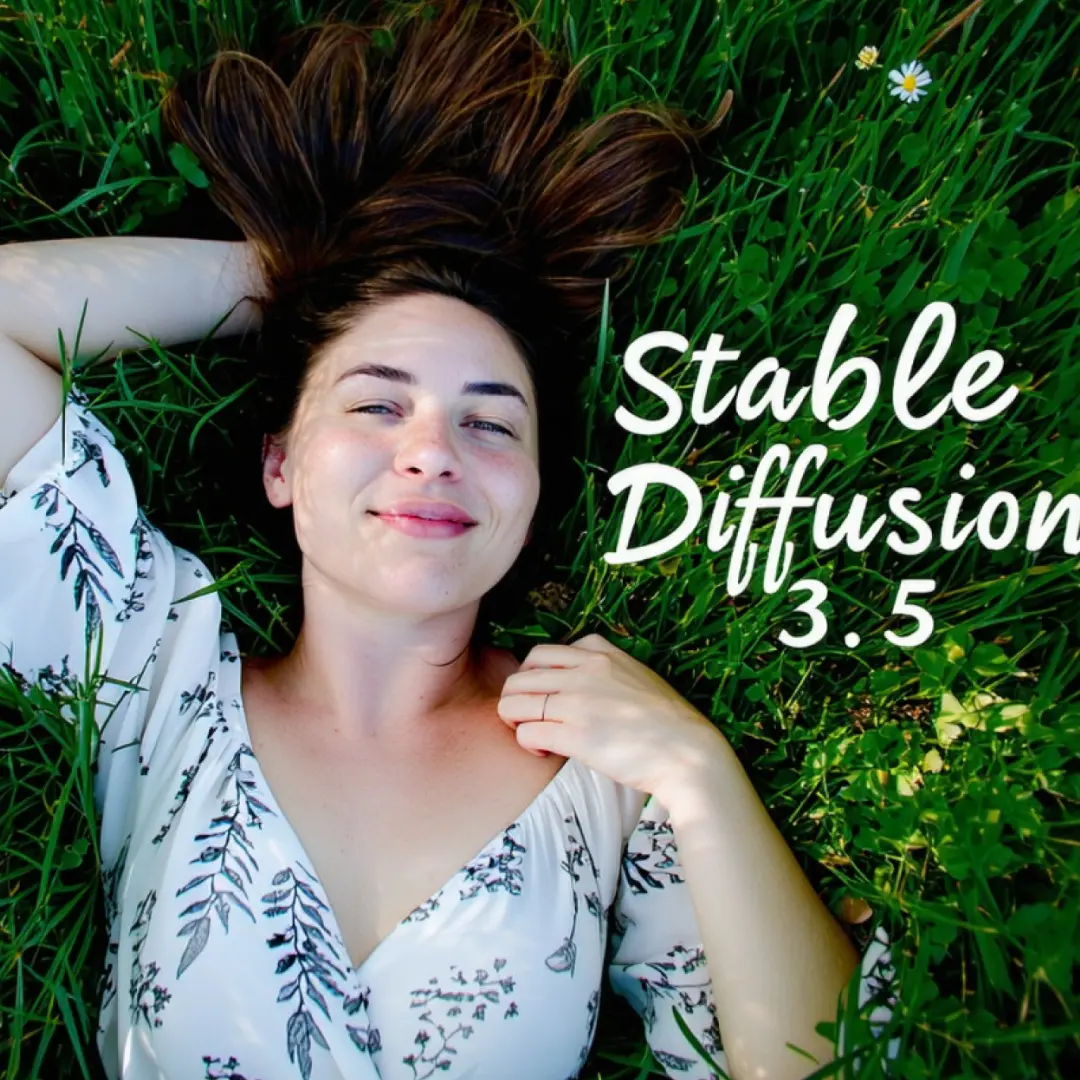ComfyUI Node: Blend Faces (Dlib)
BOPBTL_BlendFaces
Categoryimage
cdb-boop (Account age: 1489days) Extension
ComfyUI Bringing Old Photos Back to Life Latest Updated
2024-09-12 Github Stars
0.43K
How to Install ComfyUI Bringing Old Photos Back to Life
Install this extension via the ComfyUI Manager by searching for ComfyUI Bringing Old Photos Back to Life- 1. Click the Manager button in the main menu
- 2. Select Custom Nodes Manager button
- 3. Enter ComfyUI Bringing Old Photos Back to Life in the search bar
Visit ComfyUI Online for ready-to-use ComfyUI environment
- Free trial available
- 16GB VRAM to 80GB VRAM GPU machines
- 400+ preloaded models/nodes
- Freedom to upload custom models/nodes
- 200+ ready-to-run workflows
- 100% private workspace with up to 200GB storage
- Dedicated Support
Blend Faces (Dlib) Description
Seamlessly integrate enhanced facial features into original images for restoration and enhancement.
Blend Faces (Dlib):
The BOPBTL_BlendFaces node is designed to seamlessly integrate enhanced facial features back into the original image, ensuring a natural and cohesive appearance. This node is particularly useful for restoring old photos where facial details may have been lost or degraded over time. By leveraging advanced blending techniques, it ensures that the enhanced faces match the original image in terms of color, texture, and lighting, providing a polished and professional result. This node is an essential tool for AI artists looking to breathe new life into old photographs, making the faces look more vivid and detailed while maintaining the overall integrity of the image.
Blend Faces (Dlib) Input Parameters:
dlib_model
This parameter specifies the DLIB model used for face detection. The DLIB model is crucial for accurately identifying and locating faces within the image, which is the first step in the enhancement and blending process. The accuracy of face detection directly impacts the quality of the final blended image.
face_enhance_model
This parameter refers to the model used for enhancing the facial features. The face enhancement model works on the detected faces to improve their clarity, detail, and overall appearance. The quality and type of enhancement applied depend on this model, making it a critical component for achieving high-quality results.
image
The image parameter is the input image that contains the faces to be detected, enhanced, and blended. This image serves as the base for all subsequent operations, and its quality and resolution can affect the final output. The image should be provided as a tensor, ensuring compatibility with the processing pipeline.
Blend Faces (Dlib) Output Parameters:
image
The output parameter is the final image with the enhanced faces blended back into their original positions. This image retains the overall look and feel of the original while incorporating the improved facial details, resulting in a more refined and visually appealing photograph.
Blend Faces (Dlib) Usage Tips:
- Ensure that the input image is of high quality and resolution to achieve the best results from the face enhancement and blending process.
- Use a well-trained and appropriate face enhancement model to ensure that the enhanced faces look natural and consistent with the rest of the image.
- Experiment with different DLIB models if the face detection results are not satisfactory, as the accuracy of face detection can significantly impact the final output.
Blend Faces (Dlib) Common Errors and Solutions:
No faces detected in the image
- Explanation: This error occurs when the DLIB model fails to detect any faces in the input image.
- Solution: Ensure that the input image contains clear and visible faces. You may also try using a different DLIB model or adjusting the image quality and resolution.
Face enhancement model failed to enhance faces
- Explanation: This error happens when the face enhancement model is unable to process the detected faces.
- Solution: Verify that the face enhancement model is correctly loaded and compatible with the input image. Consider using a different enhancement model if the issue persists.
Blending process failed
- Explanation: This error indicates a problem during the blending of enhanced faces back into the original image.
- Solution: Check the compatibility and quality of the input image and the enhanced faces. Ensure that the blending parameters are correctly set and try re-running the process.
Blend Faces (Dlib) Related Nodes
RunComfy is the premier ComfyUI platform, offering ComfyUI online environment and services, along with ComfyUI workflows featuring stunning visuals. RunComfy also provides AI Playground, enabling artists to harness the latest AI tools to create incredible art.

